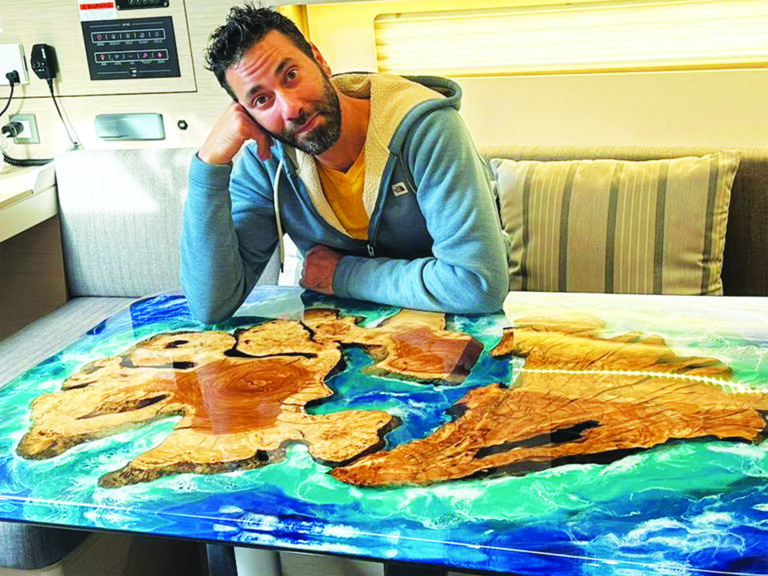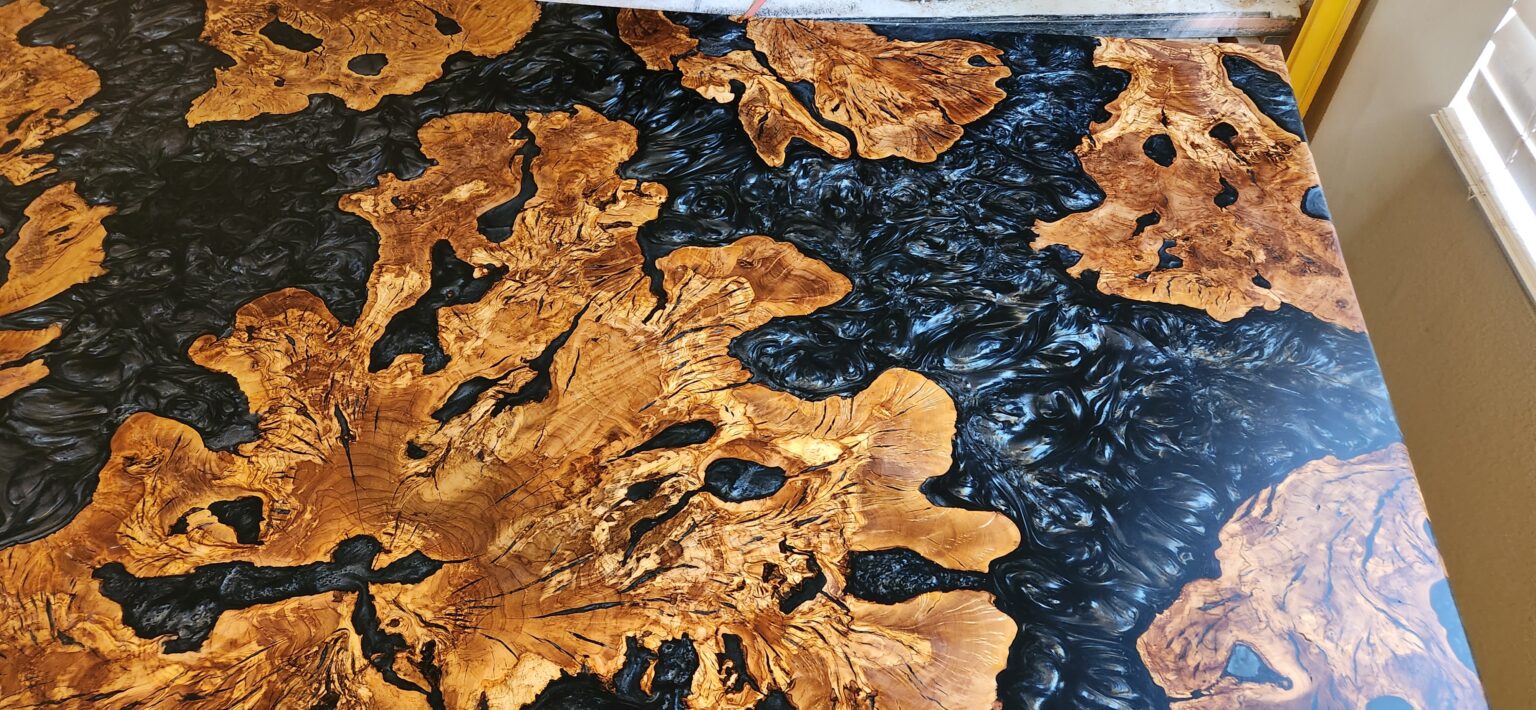Why Are Epoxy and Wood Tables So Expensive? Here's the Real Reason
Epoxy and wood tables are often priced higher than standard furniture due to several factors that contribute to both the material and craftsmanship involved in creating these unique pieces. Here’s a breakdown of the real reasons behind the higher cost of epoxy wood tables:
Material Costs:
- High-Quality Wood: Many epoxy wood tables use premium or exotic wood types, such as walnut, olive wood, maple, or live edge wood. These woods are often expensive due to their scarcity, quality, and the labor-intensive process of sourcing and preparing them. Rare woods or reclaimed materials (like salvaged or fallen trees) can significantly raise the price.
- Epoxy Resin: Epoxy resin itself is a costly material. High-quality resin that is clear, durable, and safe for use in furniture can be expensive. Epoxy resin often needs to be mixed and applied in several layers to achieve the desired effect, increasing material consumption and cost.
Labor-Intensive Process:
- Skill and Expertise: Crafting a well-made epoxy wood table requires a high level of skill and expertise. The process involves selecting, sanding, and prepping the wood, mixing and pouring the resin, and waiting for it to cure. These tasks require experienced artisans who understand the nuances of both wood and epoxy. This expertise adds to labor costs.
- Customization: Each epoxy wood table is often custom-made, tailored to the customer’s specifications in terms of wood choice, color, size, design, and epoxy treatment. Customization takes time and detailed work, which contributes to higher prices.
Time and Attention to Detail:
- Curing Time: The resin needs time to fully cure between layers, which can take anywhere from 24 to 72 hours, depending on the thickness and conditions. This means that the crafting process is not immediate, and waiting for each layer to set adds to the overall production timeline.
- Polishing and Finishing: After the epoxy is cured, the surface must be carefully sanded and polished to achieve a smooth, glossy finish. This labor-intensive finishing process adds both time and effort to the creation of the table, increasing the final cost.
Durability and Longevity:
- Quality and Durability: Epoxy wood tables are designed to be durable and long-lasting, making them an investment in furniture. The combination of high-quality wood and protective epoxy creates a table that resists scratches, stains, and moisture. This longevity is reflected in the higher price tag.
- Low Maintenance: The resin layer helps preserve the wood and ensures that the table is easy to clean and maintain, which can also make it a more attractive investment over time.
Artistic and Unique Nature:
- One-of-a-Kind Designs: Every epoxy wood table is unique due to the combination of natural wood grains, knots, and the custom resin design. Unlike mass-produced furniture, no two epoxy wood tables are exactly alike, which makes them more valuable. The artistic nature of these tables makes them sought-after pieces of functional art.
- Attention to Aesthetic Appeal: The intricate designs that can be created with epoxy resin, such as colorful “river” effects or the ability to embed materials like metal flakes or stones, often require more advanced techniques and creativity. These custom details elevate the price because they contribute to the table’s artistic value.
Conclusion:
The higher cost of epoxy wood tables is the result of a combination of premium materials, the detailed craftsmanship required, customization, and the artistic uniqueness of each piece. These tables are not just functional pieces of furniture—they are often regarded as works of art, which justifies their elevated prices. While they may be an investment, their durability, uniqueness, and timeless appeal make them well worth the cost for many buyers. Additionally, the low-maintenance nature of epoxy tables—requiring only occasional cleaning with a damp cloth—adds long-term value, as they retain their beauty and functionality with minimal upkeep. This combination of artistry, durability, and ease of care makes epoxy wood tables a smart choice for those seeking both style and practicality in their furniture.
If you have any questions about the articles or would like me to write about something else, please feel free to reach out. I’m always happy to help or provide more insights on topics you’re interested in.
Yours,
Joseph




